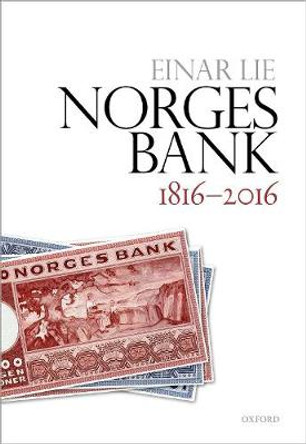Caught up in the costly Napoleonic wars, Austria went into sovereign default in 1811. Five years later, the public authorities founded a national bank to be financed and run by private shareholders, the idea being that an independent bank would help rebuild trust in money. During the two hundred years that followed, the Oesterreichische Nationalbank grew from the treasury's banker-of-choice into a central bank, and from a private stock corporation into a public institution. Yet the challenges facing today's Nationalbank are a surprising echo of the past: How can it provide stable money? How far must central bank independence go? How does monetary policy making work in a multinational monetary union? Stretching from the Nationalbank's predecessor, the Wiener Stadtbanco, to Austria's integration into the European Union today, this engaging book provides the first extensive overview of Austria's monetary history.
About the AuthorClemens Jobst is lead economist at the Oesterreichische Nationalbank and research affiliate with the Centre for Economic Policy Research in London. Hans Kernbauer teaches economic history at the Vienna University of Economics and Business, following a career at the Vienna Institute for Advanced Studies, the Oesterreichische Nationalbank, the Austrian Ministry of Finance, and other Austrian financial institutions.
Book InformationISBN 9783593505350
Author Clemens JobstFormat Hardback
Page Count 320
Imprint Campus VerlagPublisher Campus Verlag
Weight(grams) 907g
Dimensions(mm) 23mm * 17mm * 3mm





